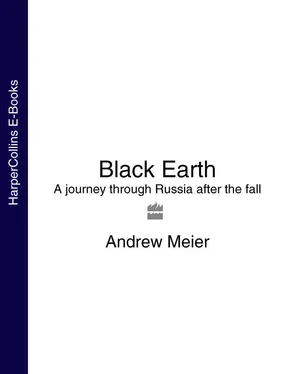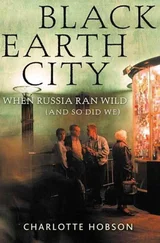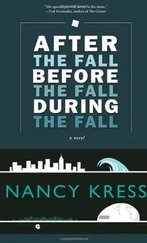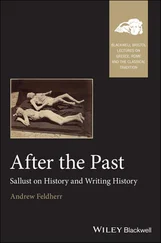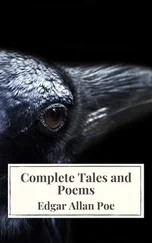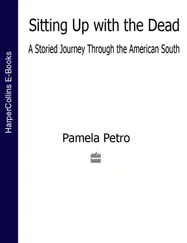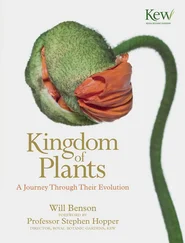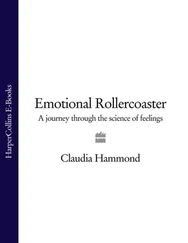One frigid night as the new millennium neared, I stood alone taking in one of the mayor’s most beloved sites. On the naked northern bank of the Moscow River, in the bend where the water slowly begins to chum westward out of the city, Luzhkov had forced on his fellow citizens a twelve-billion-dollar construction project, the biggest in the former Soviet Union. He envisioned the Moscow Siti, so named after London’s financial district, blooming into a bustling center of finance and trade, the heart of the new metropolis as it carried the country into the new age. A glossy brochure described the future “city within a city” in less than fluent English:
Having studied the experience of the world-famous centers: Wall Street and Manhattan in New York, the City in Greater London, Shinjuku in Tokyo, and La Défence in Paris, we have done our best to avoid certain mistakes … Our “Moscow-City” will live a full-blooded life … there will be dwelling blocks of corporate and profit houses, hotels, cinema and concert halls, exhibition grounds, clubs, restaurants and a unique aquapark with a series of basins, water chutes, amusement facilities, restaurants and cafés … the central core will feature multilevel car parkings and a mini-metro line .
The project was a Luzhkov dream drafted on blueprints back in the rosy days when the image of Boris Yeltsin standing defiant on a tank still dominated Russia’s political memory and the country’s fledgling stock market impossibly topped the world’s emerging markets.
I liked inspecting Luzhkov’s Siti. I watched the masses of men, in the tradition of Peter the Great’s minions, digging the enormous foundation pit, their thirty-foot-tall dump trucks crawling through the mud roads. Reduced by the size of the pit, they resembled armies of ants. By the time I began strolling by, the project had become the biggest of Luzhkov’s white elephants. From the nearby glassed-in Wiener Hof, a cozy Austrian affair that boasts a dozen drafts and demure waitresses in petit lederhosen, the view of the site was spectacularly eerie. Or so I thought as I stood one night alone on the Hof’s ice-glazed balcony, surveying the black expanse. It was well past midnight in Moscow, on a Sunday in midwinter, but in the construction site that sprawled before me in all dimensions, the welding brigades were clamoring away, their torches giving form to walls and girders of iron in the darkness below. Inside the Hof a cackling trio of Argentines were splashing through their expense account’s final hours. Their female escorts, young locals with limited Spanish, were checking their watches. Below I could make out at least five Kamaz trucks, their broad backs loaded with brick, metal, and mud, groaning across the craters. Against the starless sky, a crooked line of cranes revealed the contours of one man’s dream. I could see how, in the frozen mud of this mess, it would be easy to lose one’s perspective.
Then, in the middle of August 1998, the Russian economy crashed. August, in Russian politics, has long been a fateful month, and the move to devalue the ruble had long been foreseen. But no one expected the market to fall so hard, so fast. Overnight the government defaulted on forty billion dollars in bonds. Within weeks the ruble lost more than two-thirds of its value. Expatriate bankers and brokers vaulted for the exits. But “the Crisis,” as the politicians and the bankers called the crash, was kind to Mia and me. In the spring we were able to move from our one-room apartment into a beautiful flat on Kutuzovsky Prospekt. Moscow’s criminally high rents tumbled as thousands of business ex-pats rushed to flee the sinking ship. We bought a bed from an oil and gas analyst and a sofa from a Big Eight accountant. We moved from a gray concrete edifice built for the elite of the Communist Party to another formidable postwar apartment block, this one built to house the dutiful officers of the NKVD – Stalin’s secret police – and their families.
Russia’s race to the free market slowed to a crawl. Luzhkov, however, saw no need to revise his grand plans. As I walked along Kutuzovsky Prospekt to work each day, I checked in on the progress of his Siti. Across the street from our new place, and down a block, a high-rise thirty-four stories tall began to take shape. Luzhkov had promised it would be a vital tower in the new financial hub, a luxury hotel for foreign bankers and brokers. After the crash, construction on the tower slowed. Luzhkov’s aides quietly allowed that it would not, as planned, be a hotel, but an office building. They also got rid of the name. Once it had been dubbed The Reformer. Now they opted for something more neutral. Tower 2000, they rechristened it.
Luzhkov forged on in his drive to build the Siti. At the foot of the tower’s concrete skeleton, and spanning the frozen river, was a “pedestrian shopping bridge.” Inside, a mechanized walkway allowed Russians to glide along the glass corridor, as if between terminals at some anonymous airport. The walkway passed glitzy shops offering Murano vases, Finnish cell phones, and Milanese dresses for preteens. This was Luzhkov’s bridge to the twenty-first century, intended as a conveyance to the free market. One day, the mayor imagined, the bridge would carry visiting capitalists across the river to Russia’s Wall Street. German bankers, Japanese brokers, South African traders would float effortlessly to the gleaming financial colossus on the far bank of the river – globalization’s Slavic headquarters. Throughout the years of construction the vast pit of mud received six football fields of concrete and the multilevel shopping bridge filled with popular boutiques and restaurants. But to many the Siti remained a pipe dream.
On the shopping bridge’s lower floor – the sort of space where in an American mall Santa would sit in December or the balloon man in spring – a miniature Moscow sat on display. Centered beneath a domed ceiling of stained glass, the architectural model, some twelve feet wide, spun dizzyingly fast under a glass globe. In the sanitized mock-up of one of the most unforgiving cities in the world, Moscow’s endless rows of Stalinist facades stood up orderly, tidily divided by non-existent trimmed evergreens. The rotting factories were stripped of their belching smokestacks. The city’s byways, swept clean and paved smooth, were sprinkled with a few handsome trucks and new automobiles. The river, repeatedly diagnosed a cholera incubator, was a sparkling aquamarine. Upon it floated a barge and what appeared to be a cruise ship.
There were no people in the model city. Instead, the spotlights were fixed tight on a set of gleaming translucent skyscrapers that burst from the city’s heart. Lit from above and beneath, they towered above the gray mass. The centerpiece, a tower far taller than all the others – part Empire State, part TransAmerica, but quintessentially Luzhkovian – lured the eye. On a mural on the wall nearby the radiant towers were transposed over an image of the Kremlin lit up at night. The towers dwarfed the Kremlin.
The lineage of the mayor’s blueprint was Stalin’s Dvorets Sovietov, the Palace of Soviets. This earlier design was immensely complex, but Stalin’s aim had been simple: He wanted the world’s tallest building. The blueprint called for the palace to be higher than the Empire State Building, capped by a statue of Lenin bigger than the Statue of Liberty. In 1931 Stalin detonated the world’s largest Russian Orthodox Church, the Cathedral of Christ the Savior. The Dvorets Sovietov, however, was never built. Eventually a bog formed in the crater until Khrushchev filled it with a giant outdoor swimming hole for the proletariat. In 1991, Luzhkov, once an avowed atheist who found religion after his first election, set about to resurrect the cathedral. As a result of $330 million contributed by a legion of ignoble courtiers, Christ the Savior soon rose again. 6And so, with God well housed, the mayor had turned to building a home for the free market.
Читать дальше
